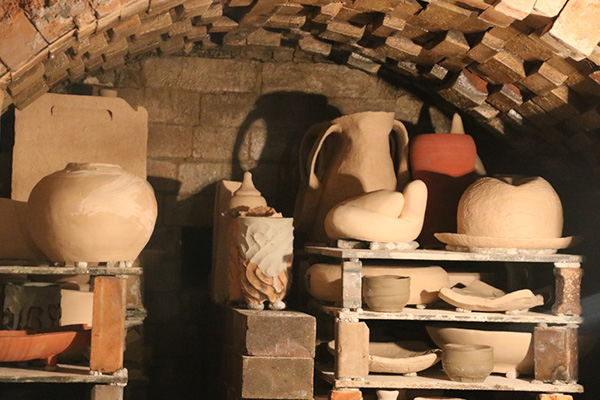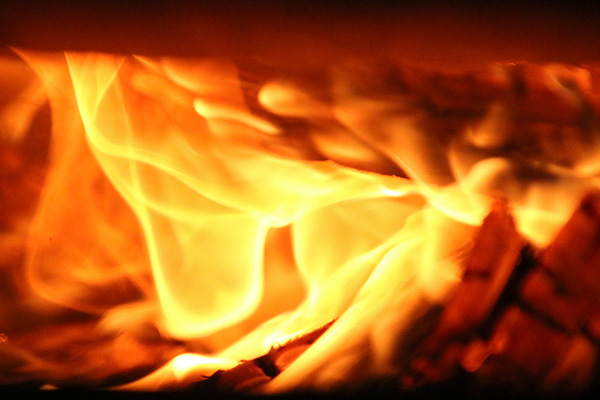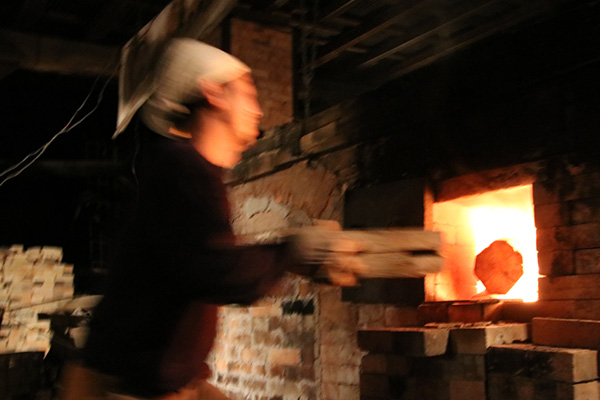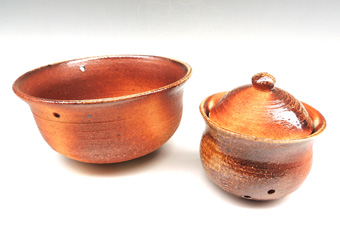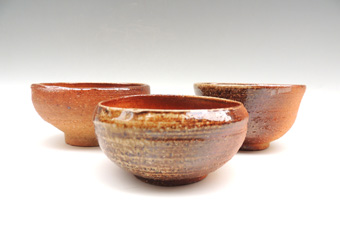Japanese wood firing event 2025
Date
May1(Ths) to May6(Tue) 2025
Place
USAGI no kama
〒529-1836
13-2 Yusuhara, Shigaraki-cho, Koka City, Shiga Prefecture
TEL:090-4011-5065
The location is 7 minutes by car from Shigaraki Station on the Shigaraki Kogen Railway.It takes about 5 hours from Tokyo by car.
Firing schedule:
May1(Ths) to May6(Tue) 2025
Unloading : not decided yet
About the wood firing 2025
Usually a wood-firing kiln project is held every fall. This time, we will be participating in the Anagama firing event of Usagi no Kama in Shigaraki. Three pottery schools (Shirogane Ceramics school, Uzumako Ceramics school, and Darun pottery studio) will participate this year.
Those who want to enjoy a wood-firing kiln from start to end, can enjoy it while staying from May1(Ths) to May6(Tue) 2025. It is of course possible to join in the middle of the session.
We look forward to your participation everyone.
Fee
If you would like to participate, please apply using the application form.
■Flow of application/participation
Please access the application form at the bottom of the page and enter the necessary information. There are two pages in total to fill out.
Please choose whether you would like to participate in ① the artwork only or ② the artwork + kiln firing.
If you would like to personally participate please choose the right option.
(1) If you are participating your work only:
You can only send the items that have been made in the school. Once fired, we will hand them out to you in the school from late April onward.
■Application deadline
・Work handing in to the school deadline: Until April 20th
・Accommodation application deadline: Until April 20th
(If you wish to stay overnight, we may refuse your request if the room is full. Thank you for your understanding.)
■About belongings
Please come wearing clothes that you don’t mind getting dirty, such as sneakers.
If you are participating in the kiln firing, please bring something made of materials that are resistant to heat like cotton .
When you look inside the kiln, your face will get very hot due to the high temperature. It is also useful to have sunglasses, a hand towel, and a mask.
———————————————–
(Wood firing) The Anagama kiln (Japanese: 穴窯) is an ancient type of pottery kiln brought to Japan from China via Korea in the 5th century. An Anagama (a Japanese term meaning “cave kiln”) consists of a firing chamber with a firebox at one end and a flue at the other. Although the term “firebox” is used to describe the space for the fire, there is no physical structure separating the stoking space from the pottery space. The Anagama is fueled with firewood, in contrast to the electric or gas-fueled kilns commonly used by most contemporary potters. Burning wood not only produces heat of up to 1400°C (2,500 °F), it also produces fly ash and volatile salts. Wood ash settles on the pieces during the firing, and the complex interaction between flame, ash, and the minerals of the clay body forms a natural ash glaze. This glaze may show great variation in color, texture, and thickness, ranging from smooth and glossy to rough and sharp. The placement of pieces within the kiln distinctly affects the pottery’s appearance, as pieces closer to the firebox may receive heavy coats of ash, or even be immersed in embers, while others deeper in the kiln may only be softly touched by ash effects. Other factors that depend on the location include temperature and oxidation/reduction. Besides location in the kiln, (as with other fuel-fired updraft kilns) the way pieces are placed near each other affects the flame path, and, thus, the appearance of pieces within localized zones of the kiln can vary as well. The potter must imagine the flame path as it rushes through the kiln, and use this sense to paint the pieces with fire.
To see the works and process Please check out this Video.
https://www.youtube.com/watch?v=qrkj3yDBdSE&feature=related
Things to keep in mind when making your works
1) Deadline: The works need to be send our hand in to each school by 29th February 2024 because we need time to bisque fired the works and send them to Usagi Kiln in Seto.
2) Clay: we recommend using white clay at school because red and black clay tends to warp and deform during the firing process. The temperature of the kiln is high, about 1300 °C for 48hours.
3) Dimensions: Make sure the thickness of the foot is at least 7mm (thin rims mat break when we unload the kiln). If the foot is very wide, make sure you make multiple rims of different sizes to ensure the work doesn’t collapse in the middle.
for more information please ask the instructors or contact us : info@sirokanetougei.com

